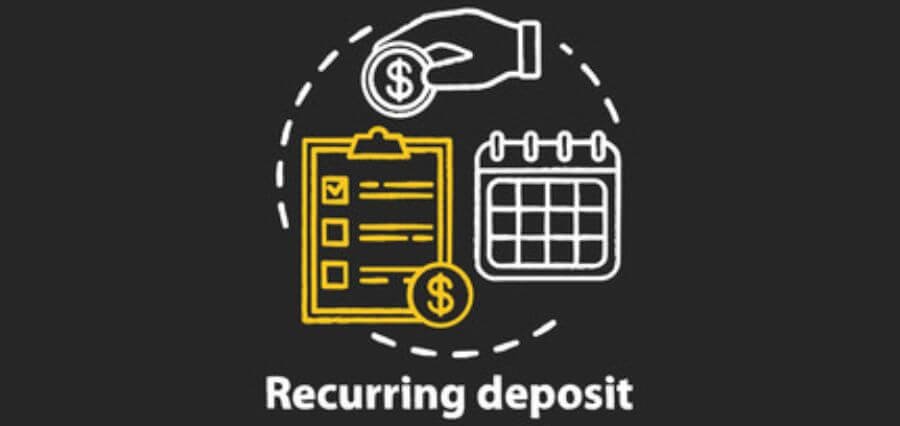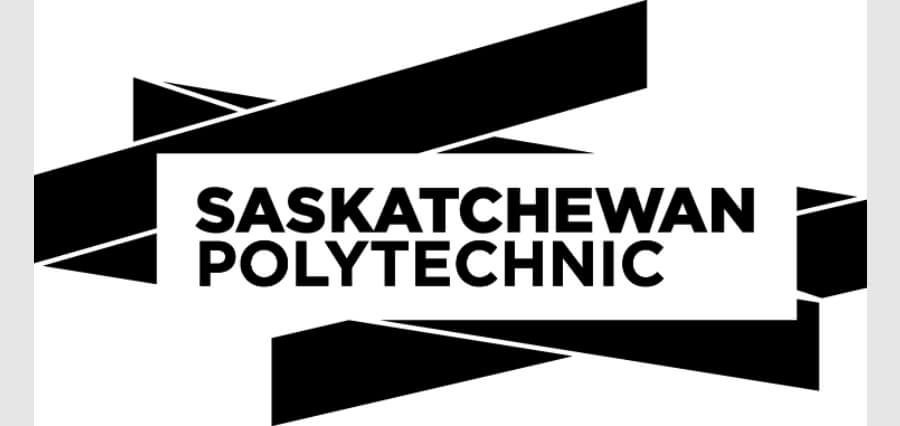A recurring deposit (RD) is a simple savings tool. It allows individuals to save a fixed amount monthly for a specific period. Offered by both banks and NBFCs (Non-Banking Financial Companies), it lets investors earn interest on regular deposits. This option could suit people with steady incomes who want to grow their savings steadily without taking much risk. Below, we outline the key features and advantages of investing in a recurring deposit.
Key Features of Recurring Deposits
Fixed Tenure
RDs operate over a set period, ranging from 6 months to 10 years. Investors choose the tenure when they open the account. The fixed monthly deposits continue until the end of the selected period, helping individuals plan and save systematically.
Guaranteed Returns
An RD offers a fixed interest rate throughout the chosen period. This provides predictable returns at maturity. While RDs may not offer the highest returns, they give investors the assurance of receiving guaranteed returns, making them a low-risk option.
Interest Rates
Interest rates for RDs vary between banks and NBFCs. Rates depend on the chosen tenure and remain constant for the duration of the deposit.
Premature Withdrawal
Though designed for long-term savings, RDs offer some flexibility in emergencies. Premature withdrawal is allowed, but it often comes with a penalty and reduced interest. This feature gives investors some financial flexibility when unexpected expenses arise.
Loan Against RD
Investors can use their RD balance as collateral for a loan. Some financial institutions offer loans up to 90% of the RD’s value. This helps people access funds without breaking their RD and losing the interest earned so far.
Investment Safety
Recurring deposits are a low-risk investment. The capital remains safe, and the returns are fixed from the start. This makes RDs a reliable option for conservative investors who value stability over high returns.
Advantages of Investing in a Recurring Deposit
Promotes Disciplined Saving
An RD encourages a disciplined savings habit. Monthly contributions are fixed, compelling individuals to save regularly. Over time, this consistency helps build a corpus, which could benefit those who struggle to save consistently.
Accessible to All Investors
RDs allow investors to start with small monthly deposits. This makes them accessible to everyone, including salaried professionals, students, or new earners. People can invest manageable sums regularly, making RDs a flexible savings option.
Higher Returns than Savings Accounts
RDs usually offer better returns than standard savings accounts. While they lack the flexibility of savings accounts, they provide a more favourable return on regular contributions, without exposing the investor to market risks.
Protection from Market Volatility
Unlike mutual funds or stocks, RDs are unaffected by market volatility. The returns are fixed from the outset, providing stability. This could appeal to those who prefer a low-risk investment strategy and want predictable outcomes.
Tax Deduction at Source (TDS)
Interest earned on RDs is subject to TDS under Section 194A of the Income Tax Act, 1961. TDS is applicable if the interest exceeds a certain limit in a financial year. Investors can submit Form 15G or 15H to avoid TDS if they meet the eligibility criteria, helping them manage tax liabilities effectively.
Simple and Convenient
Managing an RD is simple. Many financial institutions offer online options for opening and monitoring RDs. Apps like the Bajaj Markets app allow users to open accounts, set up automatic transfers, and monitor deposits with ease. This makes the process smooth and accessible to everyone.
Automatic Transfers
Banks and NBFCs often allow linking RD accounts to savings accounts. This ensures monthly instalments are automatically deducted on the due date. Such automation ensures timely payments without the need for manual intervention.
How to Open a Recurring Deposit Account?
Opening an RD account is simple. It can be done either online or offline. Financial marketplaces like Bajaj Markets enable users to compare different investment offerings. This helps individuals select a plan that suits their financial goals. The process usually involves selecting the tenure, setting a monthly deposit amount, and completing basic KYC procedures such as providing an Aadhar card and PAN card.
Conclusion
A recurring deposit is a low-risk savings tool. It encourages regular and disciplined saving. With fixed returns and low deposit requirpements, it helps individuals grow their savings gradually. It suits those seeking stability and protection from market risks. An RD could be a smart choice if you’re looking for a secure way to save or build a financial cushion. Certain online tools allow investors to compare, open, and manage their recurring deposits easily.









